Do you have around $40,000 to spare? That’s how much you need to start your journey as an international student at a community college in California.
I first moved from Brazil to the US in 2018 as an au pair – a young adult from a foreign country who provides childcare for a host family for 45 hours per week in exchange for a weekly stipend plus room and board. It may seem a good idea on paper but it doesn’t always happen the way it should. And to be 100% honest, my motivation to become an au pair was never really a love for children or the desire to live a cultural exchange. For me, it was the most affordable (although still expensive) and, somehow, the easiest way to immigrate and start a life abroad.
Being an au pair was the worst experience of my life. Yet, it was what paved the path for me to become an international student.
Getting my F-1 visa to become an international student at Peralta was a lengthy process. First, I had to take English language tests, submit an essay and send in my high school transcript. After getting approved, the school issued me a I-20 form, which I had to bring to the U.S. embassy in my home country for a visa interview, and face the emotional distress of having someone else decide my future.
Not only this, but in order to get the I-20 approved, either me or my sponsor needed to have at least $26,000 in the bank. This amount is supposed to cover tuition and housing in a shared school dorm for the first year. I needed to prove to immigration officials that my sponsor would have that amount available every year, throughout the length of my program, to guarantee I wouldn’t unlawfully work or use any type of government assistance while under a F-1 visa. In addition, I paid for visa fees, flight tickets, forms and documents translation, mandatory health insurance, transportation, and food.

In fact, a lot of international students are rich children and I love that for them. But at times there are people like me, who have had to navigate these financial challenges on their own.
I come from a lower-middle-class family formed by Hungarian refugee grandparents on my mom’s side, and Italian/Portuguese immigrant great-grandparents on my dad’s side. They arrived in Brazil by ship with only their IDs in their hands. My parents were born and raised in Brazil and had to make their way out of poverty, seizing every opportunity to ensure to provide a better life to me than their parents could to them. With that said, my family was never able to financially support me in my decision to live abroad.
Right after high school, I started working full-time to pay for my bachelor’s degree. A few years after graduation, I started wishing for a life change. That’s when I started saving every penny, eventually moving to the United States with only a backpack and $200 in my pocket.


Throughout the years I worked hard to save up enough to cover tuition for at least one semester of college, which is about $6,000. There aren’t many scholarship opportunities for international students. Peralta offers a scholarship specifically for international students, but it’s only $500.
Even so, I was never able to make $26,000 for the visa since an au pair’s salary is only $10,000 per year. With my au pair visa about to expire, I was uncertain how I would go on.
Then I got some news from home that changed everything. My mom had been diagnosed with terminal cancer. Within six months, she was gone.
I remember being stuck on the 580 in heavy 5pm traffic on a gray, cold and long March day. I video chat with my family almost every day, but that day they missed two of my calls. I remember feeling so disconnected from everything that Friday, until the ringing of my phone snapped me back. It was my dad and my sister, calling from the hospital.
I picked up and the first thing I said was, “Is she okay?” My dad replied with a shaky voice. “Mom is gone,” he said. “She is gone.”

That was in 2021. Due to border closures during the peak of the COVID-19 pandemic in Brazil, I hadn’t been able to visit home in time. With the overwhelming grief of losing a parent, I found myself in a situation where leaving everything behind and going back home felt like the only option.
Unexpectedly, my mom’s life insurance policy was, in Brazilian currency, exactly the equivalent of $26,000 USD.
It’s a bittersweet feeling, but I took that as a sign from her, telling me to keep going and follow my dreams, even though I wish she was physically with me to see it happening.
I went back home at the end of that year when the borders opened and got my F1 visa approved. I started my major in Journalism at Laney College in Spring 2022 and I’m graduating this semester, Spring 2024. Honestly, it is still surreal to me how I made it through, both financially and emotionally, but this is the journey of a lot of other international students who are also immigrants and “gotta do what you gotta do.”

Talking with a couple of other international students, I asked what is the biggest challenge for them, beside the financial burdens.
For Mayara Aranha, a marketing student from Brazil at Palomar College in San Diego, the biggest challenge is learning a high volume of content in another language, and the language barrier between her and other students and teachers.
“I had a group assignment and the other students seem to not take me seriously because I’m an international student,” she said. “It’s hard to make yourself an outstanding student in the classroom.”
Estefania Almaguer, who comes from Mexico, attends CSU East Bay for Business Administration with a Major in General Management. She said that “adjusting to cultural differences, including language barriers, social norms, and academic expectations,” posed a “significant challenge” for her.
Like other international students, I find the U.S. academic system so confusing. It took me some time to get used to picking my own classes and adjusting to the fact that they can be at any time or day. If they fill up or get canceled, you might have to wait another semester just to take that class you need. But if you asked me what the biggest challenge as an international student is, I would say it is being homesick.
Still, there are so many other things in this journey that are rewarding and would make me do it all over again. You get to know yourself better, explore your own interests and discover your own passions. You get to know people so different but so similar to you. It is a time to try new things, live new experiences, travel to new places and seize every opportunity to learn. It is to realize that you leave this experience with something more valuable than money.
But if you asked me what the biggest challenge is as an immigrant, the answer is the uncertainty of my own future. It is to depend on being “deserving” of a green piece of plastic that will give me the basic right to come and go and see my family whenever I wish, the right to work, and the right to just live and make a living where I wish… But that is a topic for another day.
So next time you meet an international student, try considering whether that kid is by herself in another country, away from her family, and might be going through things nobody wants to go through. Consider that, someday, if you have kids, your kids may want to study and live abroad. Think about whether you would like them to feel welcome, to feel like they belong. Consider that every international student speaks at least two languages and are taking the same classes a local student is, but not in their first language. Consider that every experience is unique, but always filled by courage, resilience and hard work, even if that kid is a rich kid on vacation.

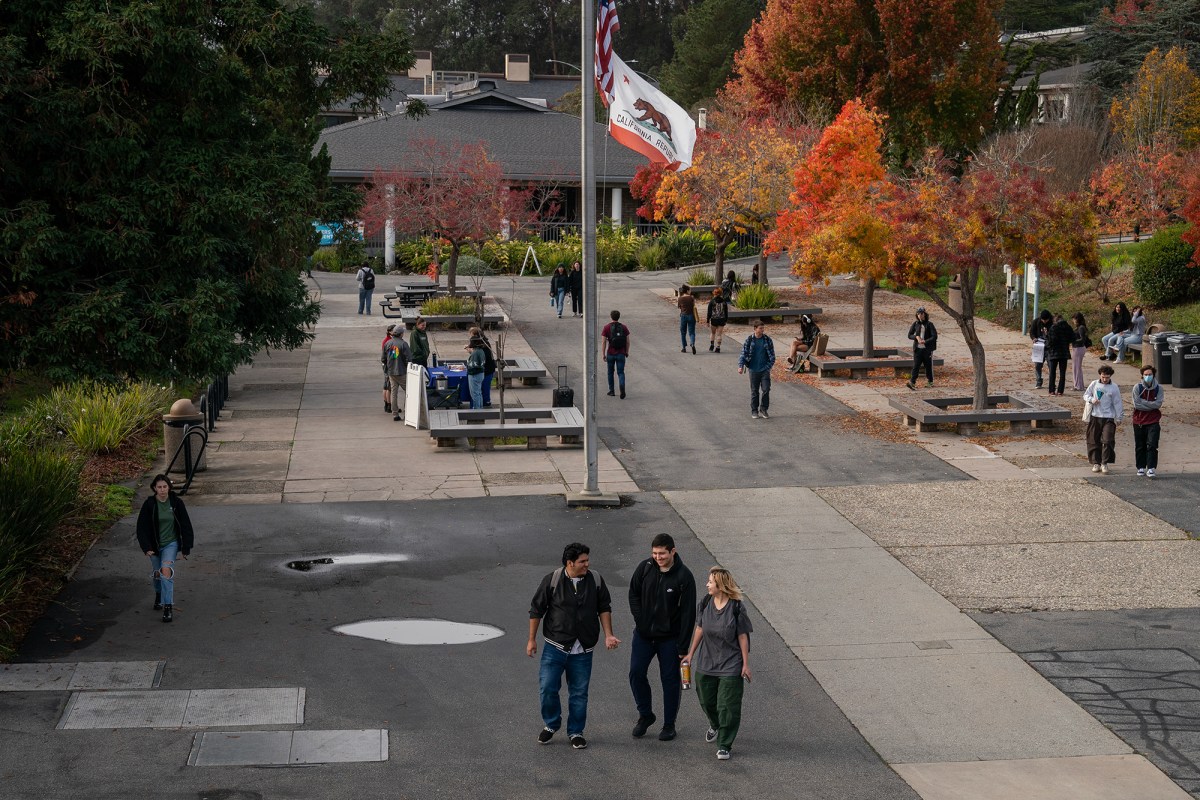

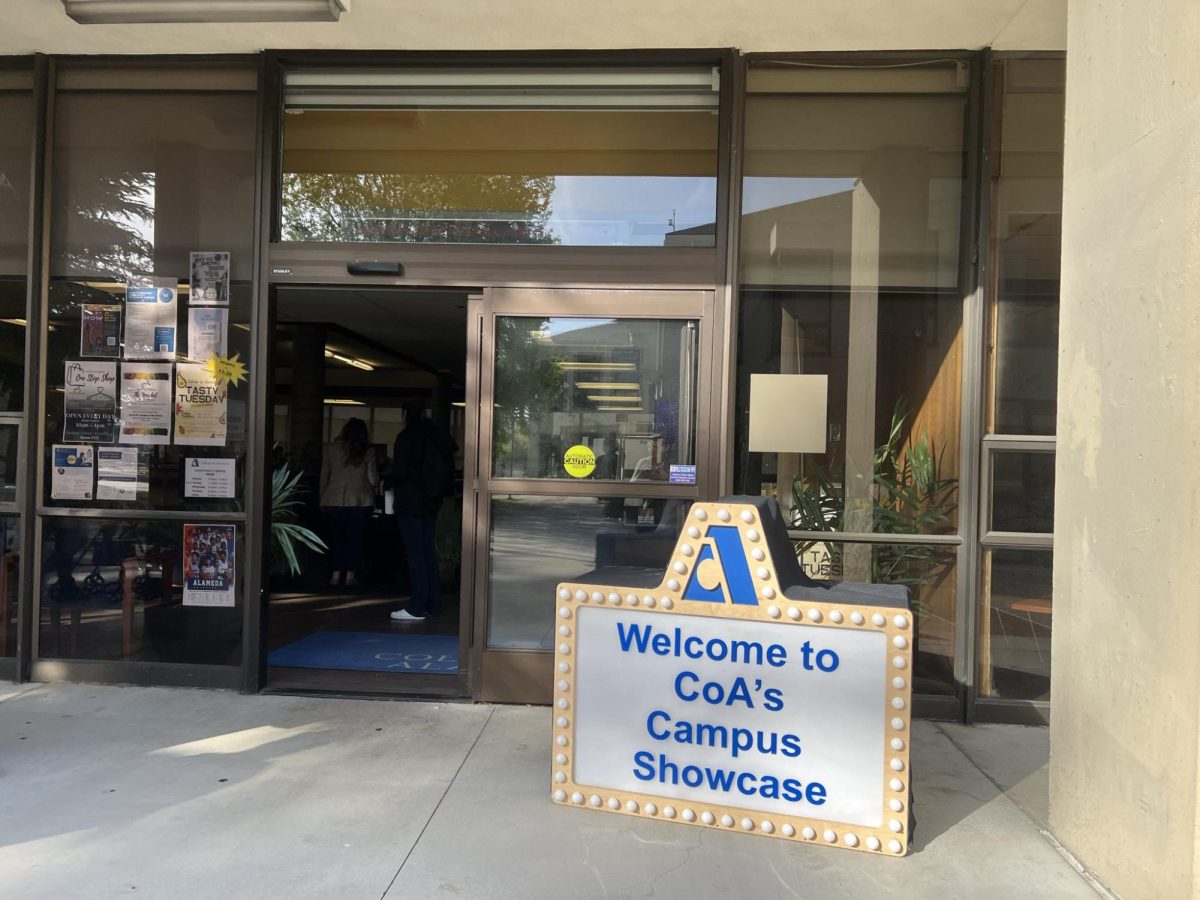
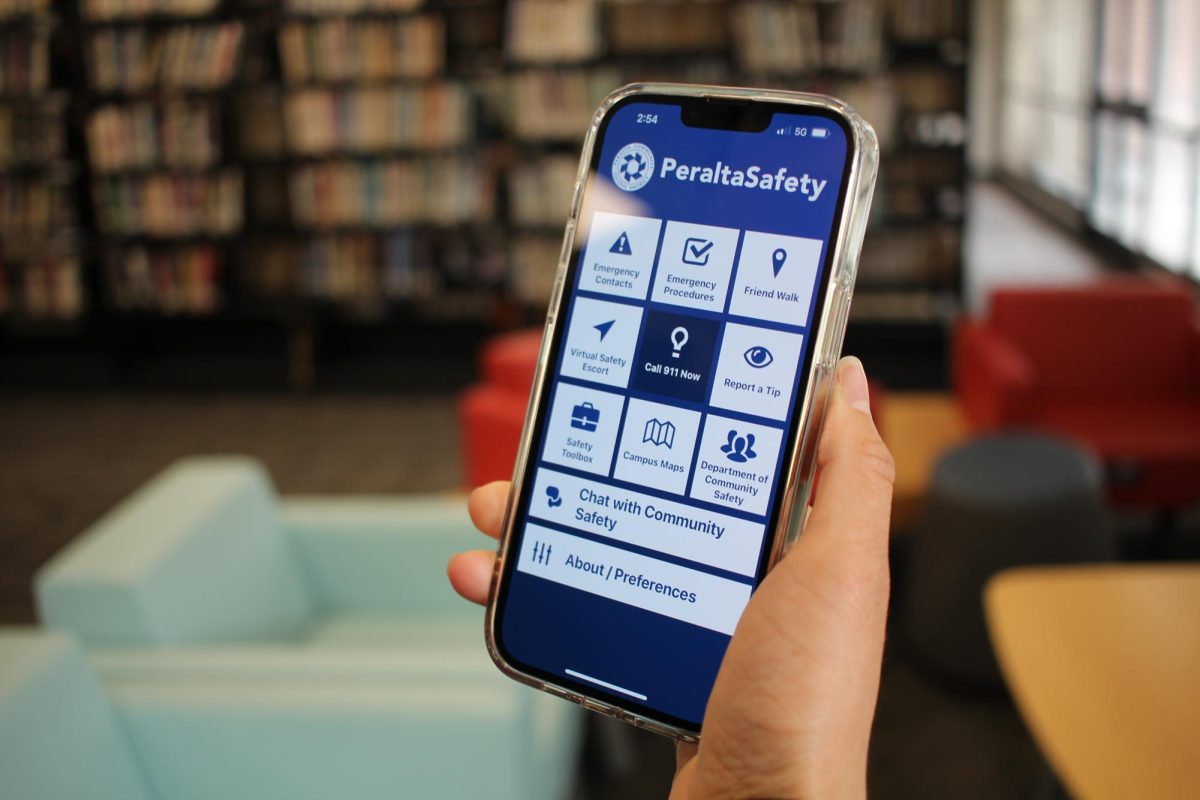
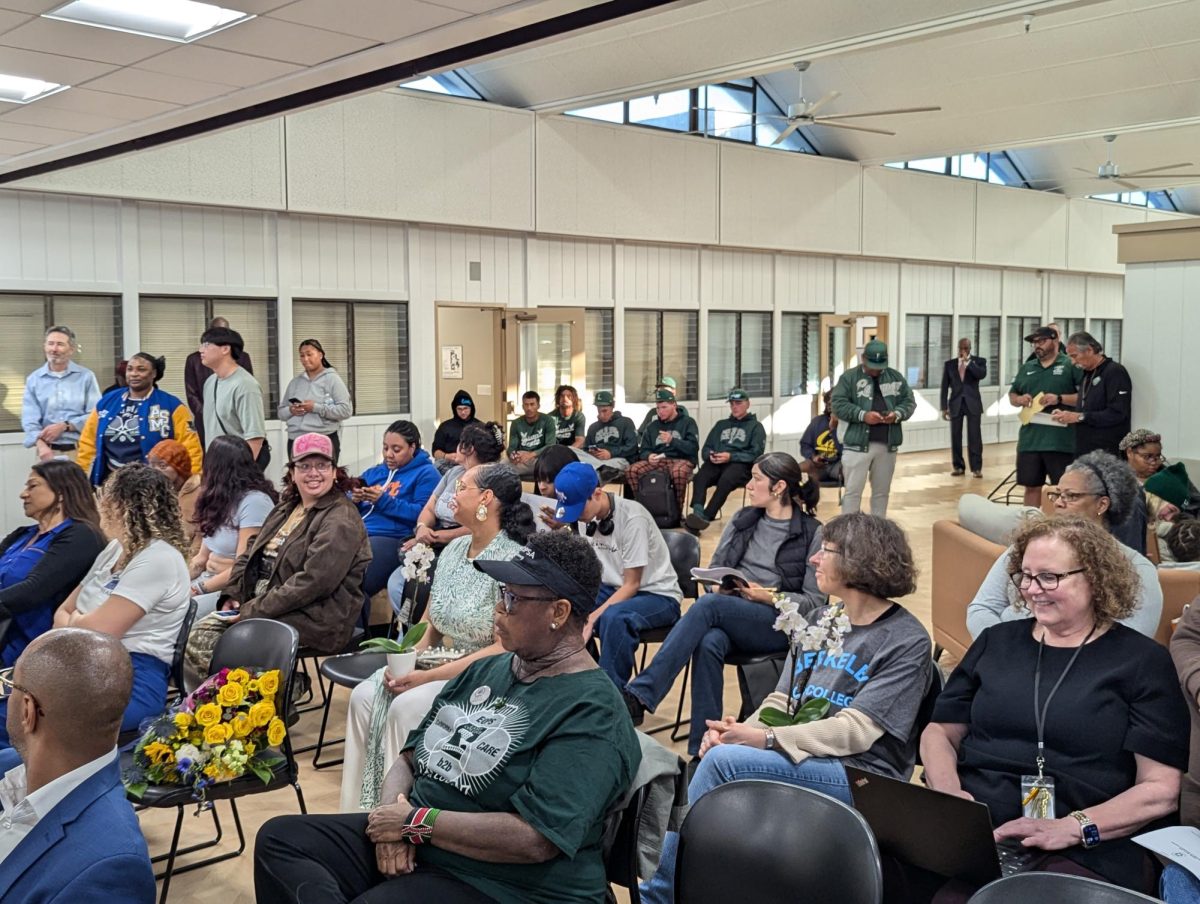



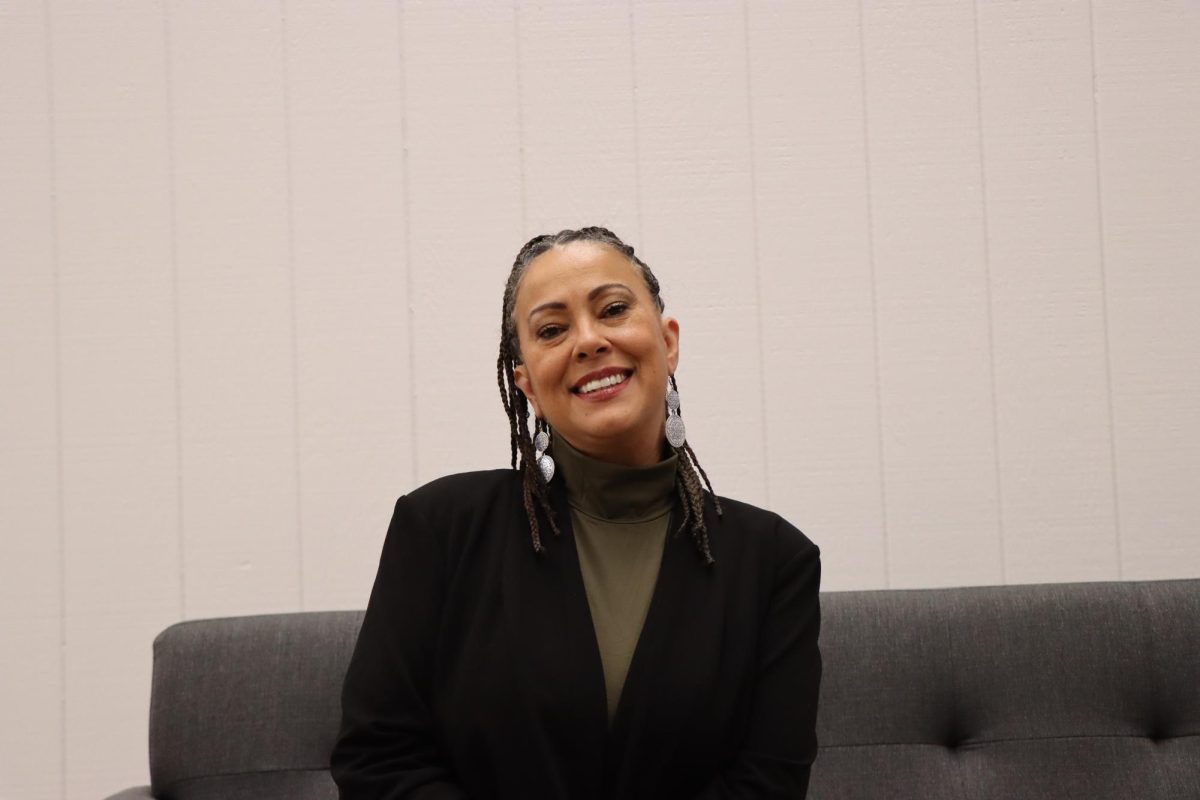
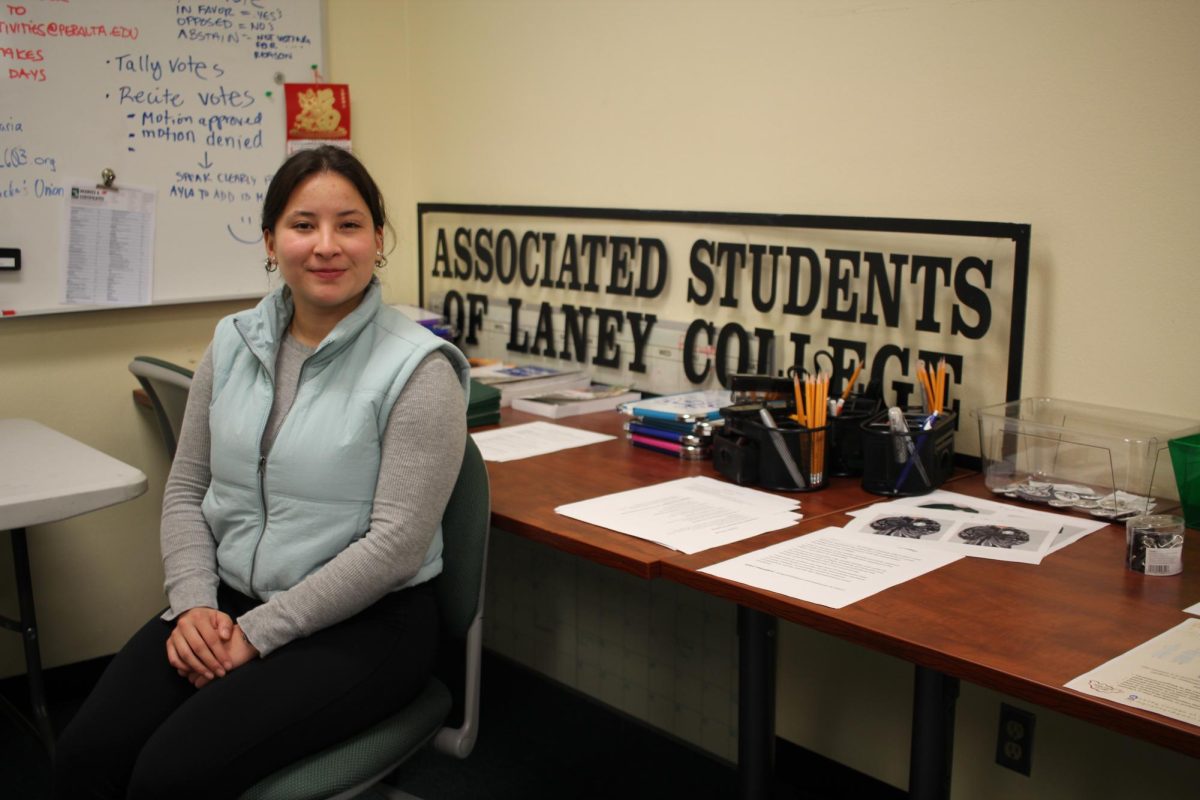
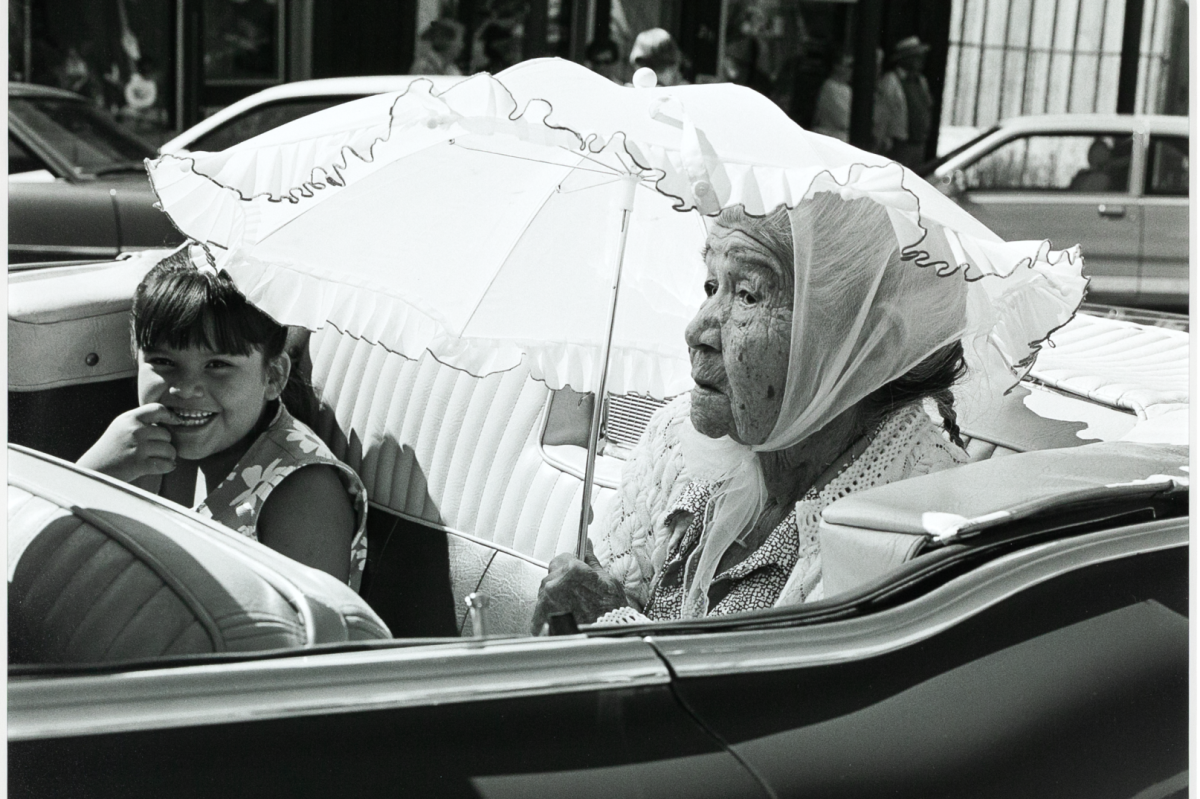
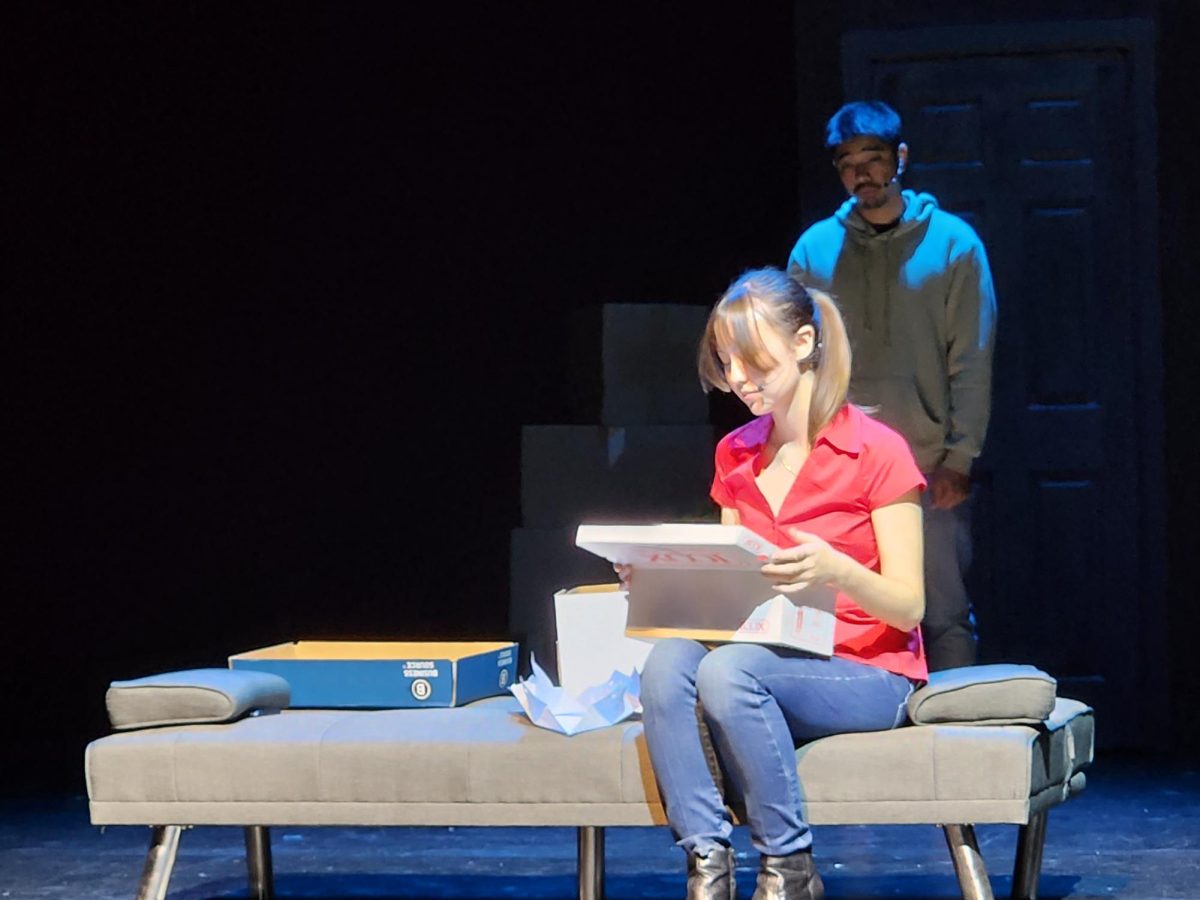

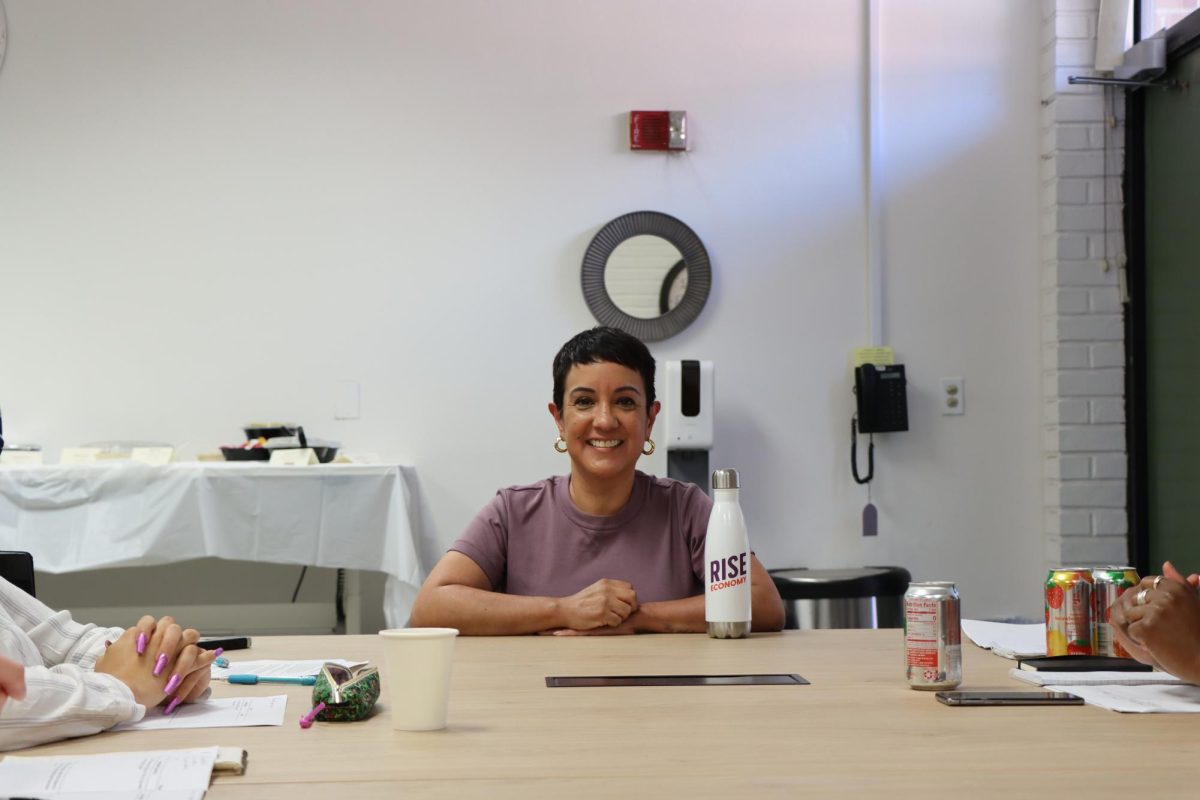
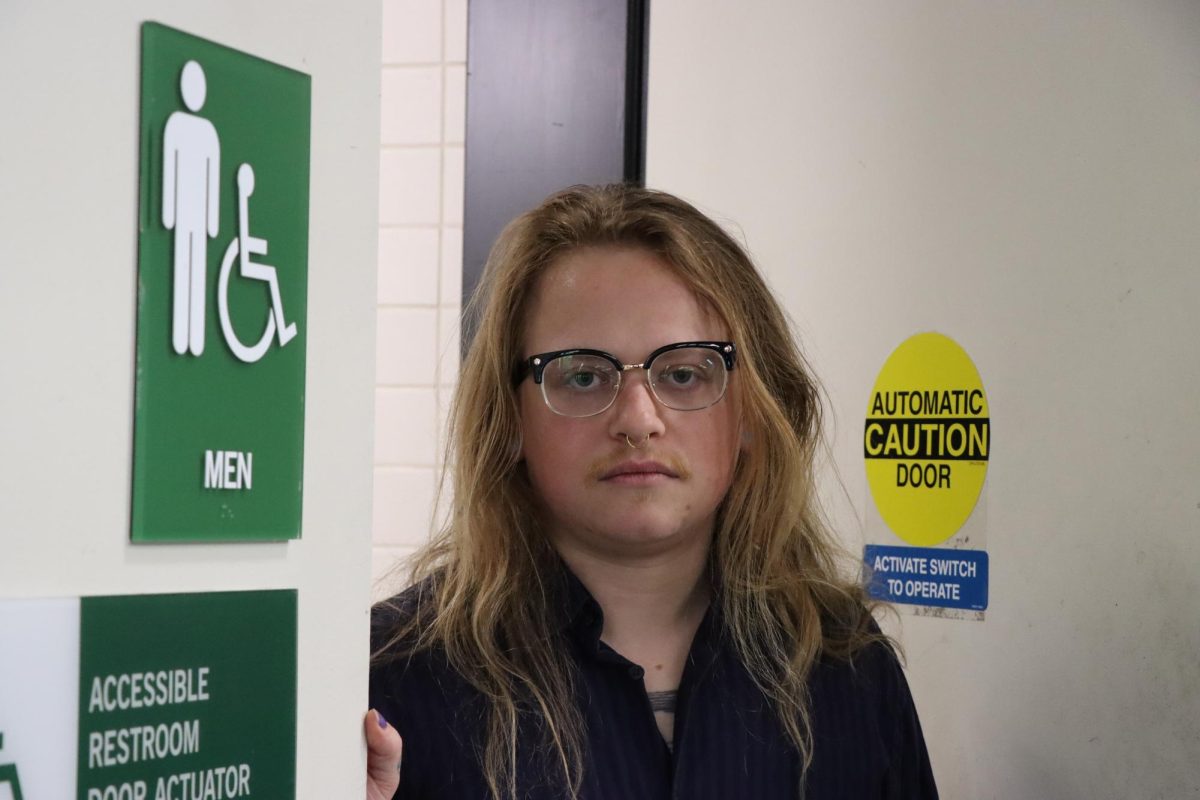
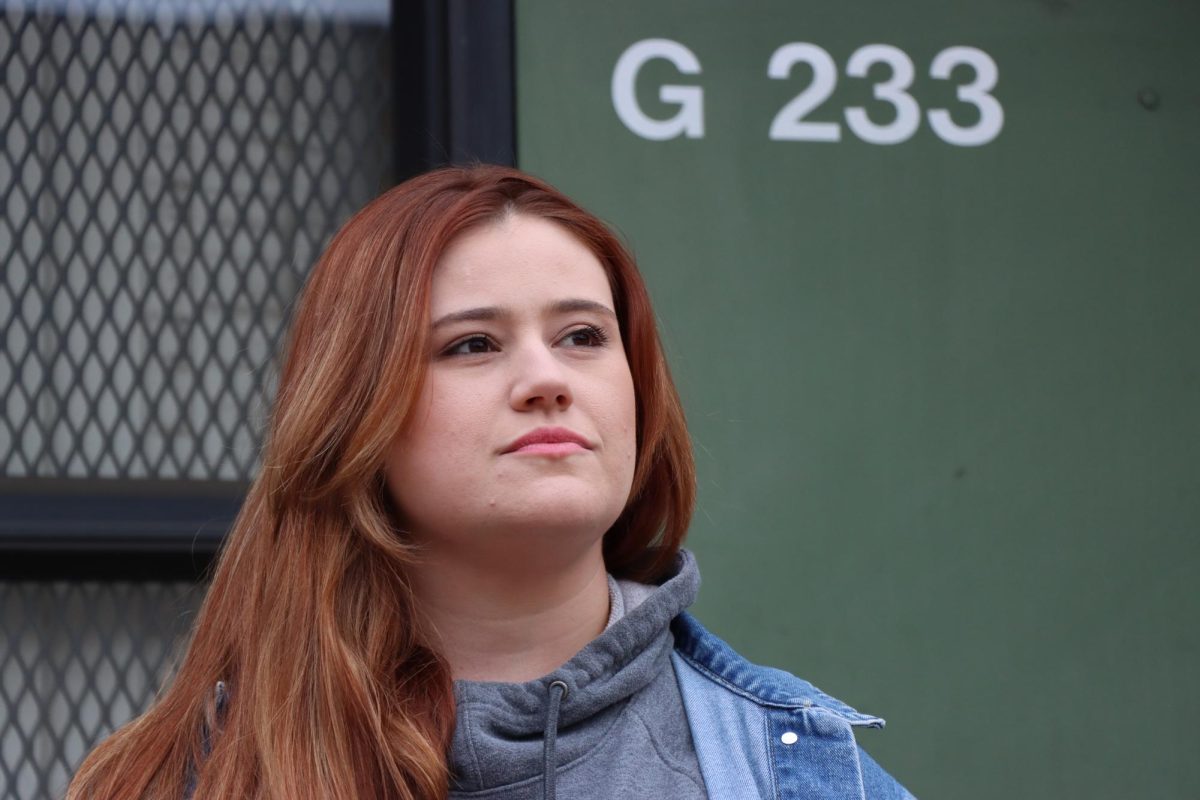











Neil • Oct 8, 2024 at 3:43 pm
Wow, you wrote everything that I’ve been experiencing during these 3 years in Canada. It isn’t easy to express my feelings and thoughts in another language and prove to someone who has never met me that I am doing the right thing in their country.
Janelle • May 6, 2024 at 7:43 am
Thank you for sharing such a personal journey and the hardships you have faced to live out your dream. I could sense your justified frustration. My condolences for the loss of your mother. This article is a gift to the Peralta community and a reflection of your talents in Journalism.
Ana J • May 5, 2024 at 5:44 pm
As a former international student I agree with everything. The fantastic way Isabelly put her story into her writing made me feel like I was part of her journey too. Wishing you all the best!